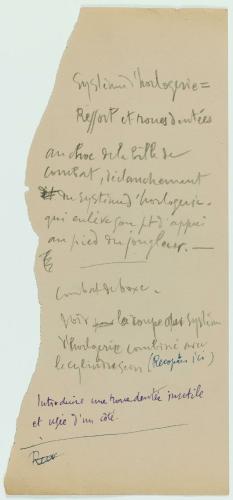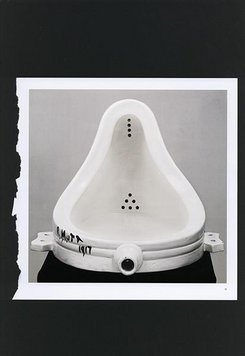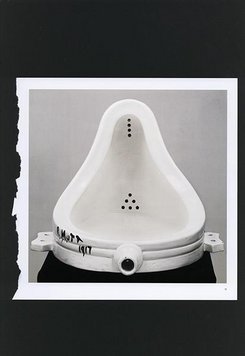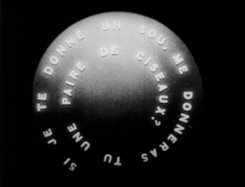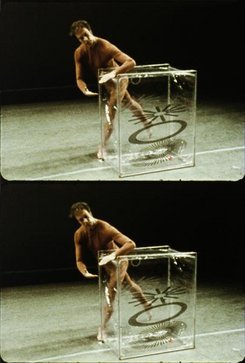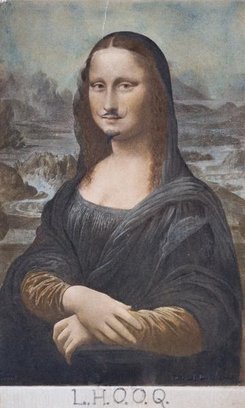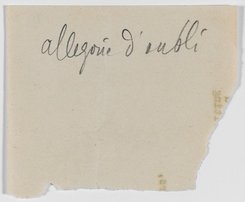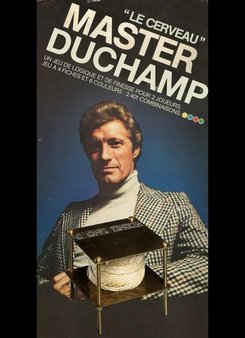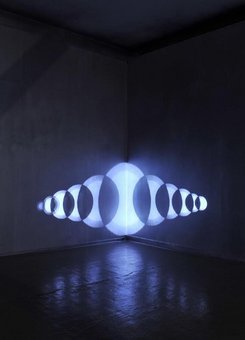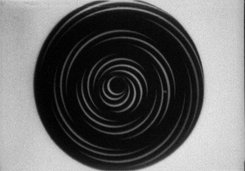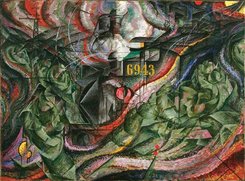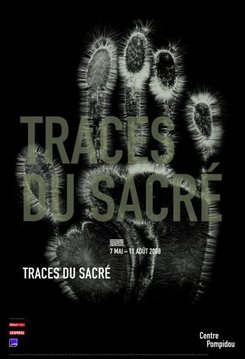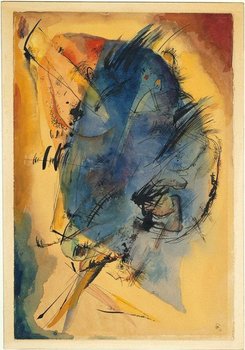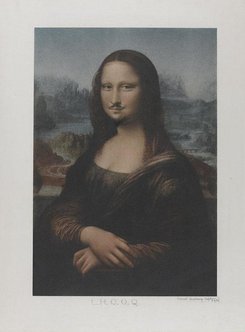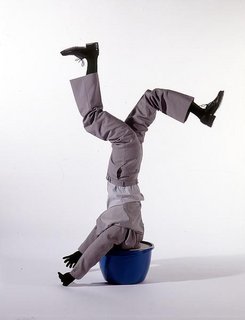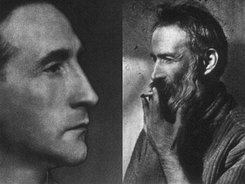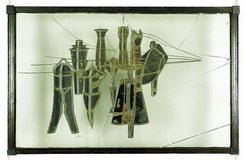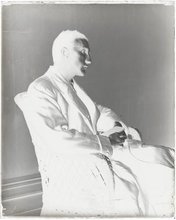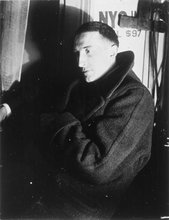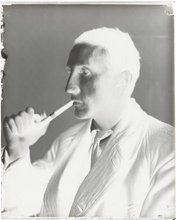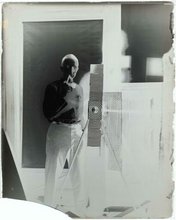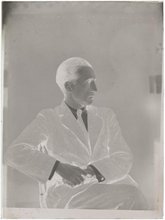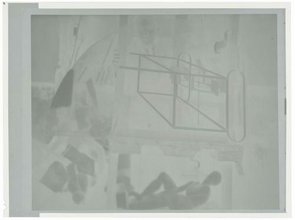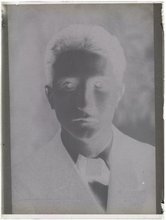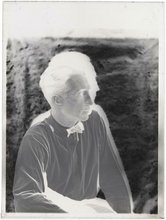Artist/personality
Marcel Duchamp
Peintre
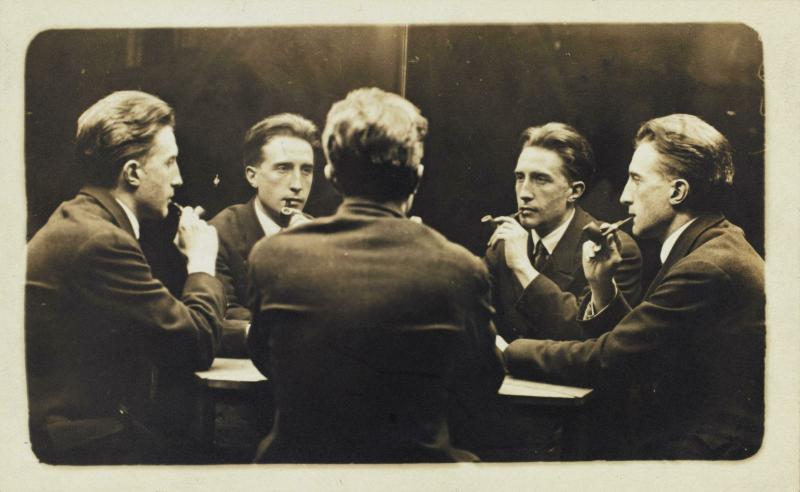
Marcel Duchamp
Peintre
Nationalité américaine (française à la naissance)
Birth: 1887, Blainville-Crevon (Seine-Maritime, France)
Death: 1968, Neuilly-sur-Seine (Hauts-de-Seine, France)
© Association Marcel Duchamp / Adagp, Paris
Biography
Marcel Duchamp is one of the key figures who turned the definition of Western art upside down. From 1913 onwards, with his famous Roue de bicyclette (Bicycle Wheel, 1913/1964), he invented the concept of "readymades", which earned him a place among the most audacious and provocative minds of his time. In Paris, then New York where he spent a large part of his life, he traversed artistic currents such as Cubism, Futurism, Dadaism and Surrealism, without ever really belonging to one. Many see him as the spiritual father of the contemporary art which emerged much later, after World War II, and sanction his vision of intellectual art, in which idea comes before creation.
Marcel Duchamp, born near Rouen to a family of six brothers and sisters, moved to Paris in 1904 on an allowance granted by his father. There, he learnt painting at Académie Julian, but only spent a year there without attending class much: he was essentially an autodidact. His two brothers Jacques and Raymond belonged to a community of artists called the "Puteaux Group", where Cubist painters and poets intermingled. From 1910 onwards, his painting, marked by a discovery of Fauvism and Cézanne, operated a sort of synthesis between Cubism and Futurism. In 1911, his Nu descendant un escalier (Nude Descending a Staircase) was refused admittance to the Salon des Indépendants by his Cubist friends and brothers. Frustrated, Marcel Duchamp moved away from painting and started to work at the Bibliothèque Sainte-Geneviève, where he developed his learning.
Yet, it was as a painter that he became famous in the United States, following the scandal sparked by his Nu at the Armory Show in 1913. This notoriety facilitated his move to New York in 1915, accompanied by his acolyte Francis Picabia, at a time when World War I had placed the Parisian artistic milieu in lockdown. He soon met art patrons Louise and Walter Arensberg, who housed him and provided him with a studio, and frequented the libertine and anti-military avant-garde in New York, under the influence of Dada. This was the period in which the work Fontaine (Fountain) was submitted to the Society of Independent Artists in 1917, a urinal signed "R. Mutt".
Featuring thousands of handwritten notes, readymades like Porte-bouteilles (Bottle Rack, 1914/1964), cinematographic experiments and large enigmatic compositions, Duchamp's body of work is that of a critical thinker. Language occupies a central position, whether annotating an image (L.H.O.O.Q., 1930) or opening the door to countless interpretations, especially humorous and risqué ones. In 1920, he posed dressed as a woman for photos and invented a female character, Rrose Sélavy, which can be considered one of the artist’s works in and of itself. Le Grand Verre (The Large Glass), a work which occupied him for over ten years, was left incomplete in 1923. He began to devote himself more and more to playing chess, relegating artistic production to the background.
Marcel Duchamp died on 2 October 1968 in Neuilly-sur-Seine at the age of 81. The following year, the Philadelphia Museum of Art revealed his final work to the public, Étant donnés (Given), created in secret between 1946 and 1966.




